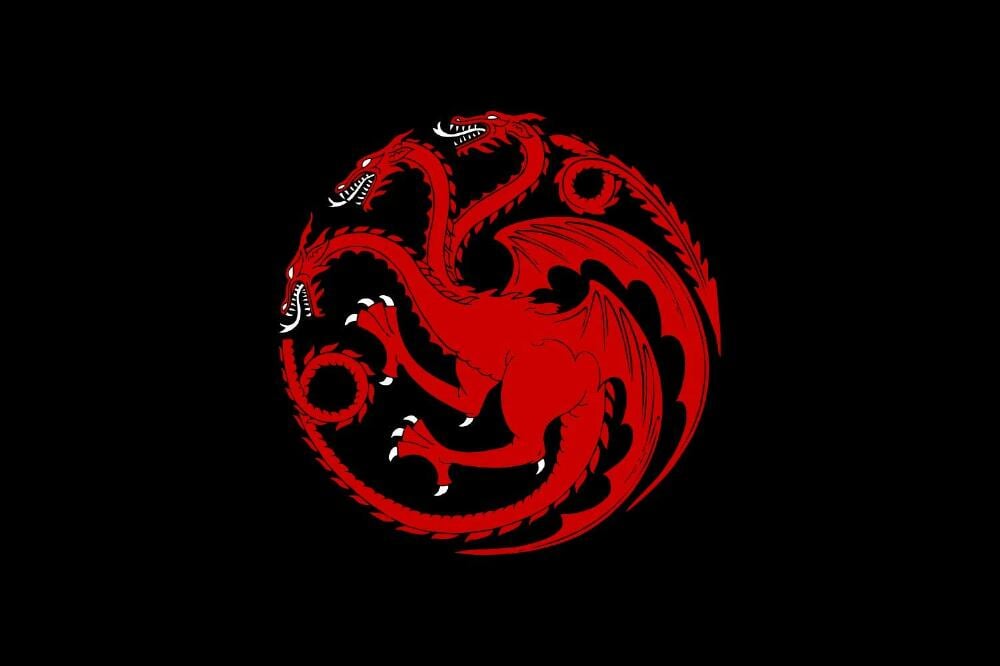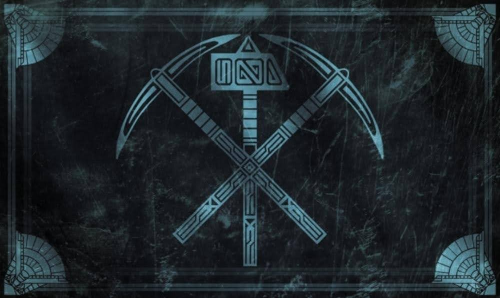| History: |
The history of Arendelle begins with the end of the Napoleonic Wars. Denmark had fought on the French side, and the victorious powers sought to dismantle the nation during the 1815 Congress of Vienna. Norway was given to Sweden, and a new nation was carved out of Denmark's many islands, the kingdom of the Southern Isles. In addition, the United Kingdom, looking to establish a presence in Scandinavia, elevated the status of the old Duchy of Arendelle to that of a kingdom. Arendelle would serve as a trade partner and close ally to Britain, specifically the more Danish leaning semi-independent Duchy of Weselton. This move obviously upset Sweden, who felt betrayed by Britain, having fought on the side of the coalition. There was nothing they could do about it however, and the new Kingdom of Arendelle, under King Adgar I, was created.
The Reign of King Adgar I (1815-1841)
Upon his coronation, the young King Adgar looked to solidify relations with Britain, and improve the nation's economy. During his reign, the amount of ice exports drastically increased, and much of Europe was dependent on Arendelle for their ice. Another action of note was his support of his brother's conquests in Germany, creating a powerful Kingdom of Corona. This alliance would prove useful in diplomatic efforts, especially when he worked to hold back Sweden. While taking no action against Arendelle, pan-Scandinavian fervor was spreading across Sweden. Denmark and the Southern Isles, both weakened by war, began to align more closely with Sweden, and this drew the attention of European powers, namely Britain, who weren't interested in a powerful state forming in the north. King Adgar I didn't let these sentiments spread to Arendelle though, and during his reign, Arendelle was peaceful and prosperous. The peace and prosperity of Adgar I's rule was threatened however, by his death in 1841.
Regency Years (1841-1844)
The death of the royals raised many questions about the future of Arendelle. Nobody seemed to know anything about the future Queen, as she had been isolated from the world for years. Sweden saw this as a sign of weakness, and an opportunity to bring the last independent Scandinavian state under its wing, and began to plot to put Arendelle in their sphere of influence. They could not take military action against the British and Coronan protected state, but they thought up a plan to take the throne in a more secretive way. This plan involved a certain Southern Isles prince.
The Reign of Queen Elsa the Great (1844-1907)
Events of Coronation Day
On the day of Elsa's coronation, Oscar I of Sweden sent the young Prince Hans of the Southern Isles to attempt to win the Arendellan throne through marriage. The events that followed threw both Hans and Sweden off guard, but Prince Hans made the most of the opportunity.
After the Great Thaw, the great powers of Europe scrambled to plan their next move. Word of Queen Elsa's powers had quickly spread to people across the world, and the more extreme parties demanded the sorceress to be burned at the stake. While most European powers were not interested in intervention, Sweden saw another opportunity to conquer Arendelle, and declared war on the ninth of August 1844. The United Kingdom immediately came to Arendelle's defense, much to the dismay of the Duke of Weselton, who hadn't had the best of experiences in Arendelle. Also stepping in was Corona, a long time ally of Arendelle. This prompted Prussia, a rival of Corona with a large and upset Protestant population, to join the war on Sweden's side. This set the stage for the first Arendellan war, a conflict that would prove to be the first of many challenges for Queen Elsa during her reign.
The Siege of Arendelle
Not wasting any time, the Swedish army moved to attack Arendelle, occupying most of the nation. Included in the army were soldiers from Denmark, Norway, and the Southern Isles, as well as thousands of religious zealots from across Europe, united against Queen Elsa. Britain's Royal Navy defeated the Scandinavians in the North Sea, and were able to keep Arendelle open to the outside world. British troops were able to pour into Arendelle, and form a formidable defense. However, winter was quick to arrive that year, and the fjord froze, leaving the city of Arendelle completely under siege.
The siege continued for months, as the Swedish led forces couldn't break through Elsa's defenses. She was utilizing her ice powers to the city's advantage, creating various forms of life that fought back against the invaders. The British had successfully stockpiled enough resources to hold out until summer, and as winter came to an end, the invading army realized that it had to make a move. They assaulted the city, getting through the outer walls, but the defenders inflicted too many casualties, and in the end, they couldn't take the castle. The weakened army retreated back to Norway, having not achieved their goal.
The Early War (1844-1845)
While the siege of Arendelle was still progressing, Corona and Prussia were engaged in a much larger conflict to the south. Corona started the war on the offensive, attempting to invade Brandenburg, but their army was defeated by a strong Prussian force. Coronan forces did succeed in occupying much of East Prussia, but their armies were still not winning on the battlefield.
Prussia had the additional advantage of militias from other German states joining their side. These extremely Protestant armies fought against Queen Elsa by aiding the Prussians. With this help, Prussian forces won battle after battle in southern Corona, before being halted a few miles south of Krakow. The tide of the war did not change much over the course of 1845, as Prussia liberated some of it's territories, and tightened it's control of southern Corona. Neither side had inflicted devastating casualties to the other though, and it seemed that the war was still to be won in the North.
Meanwhile on the Scandinavian front, Britain continued to humiliate the combined navies of Sweden, Denmark, and the Southern Isles, and succeeded in establishing full control of the the Baltic and North Seas. British forces made landings on several islands, and by the fall of 1845, Copenhagen, capital of the Southern Isles, was in danger of falling to the United Kingdom. Campaigns in Denmark also proved to be successful, and while a British presence could not be established in Sweden itself, Norway was proving difficult to hold against both nationalist rebels and Arendellan forces.
While Sweden was by no means out of the war at the end of 1845, it could no longer go on the offensive, and their original war goal seemed to be unobtainable. Prussian victories against Corona would prove worthless if the Scandinavian front couldn't be salvaged. Still, at the end of the year, the outcome of the first Arendellan war was yet to be decided. |














